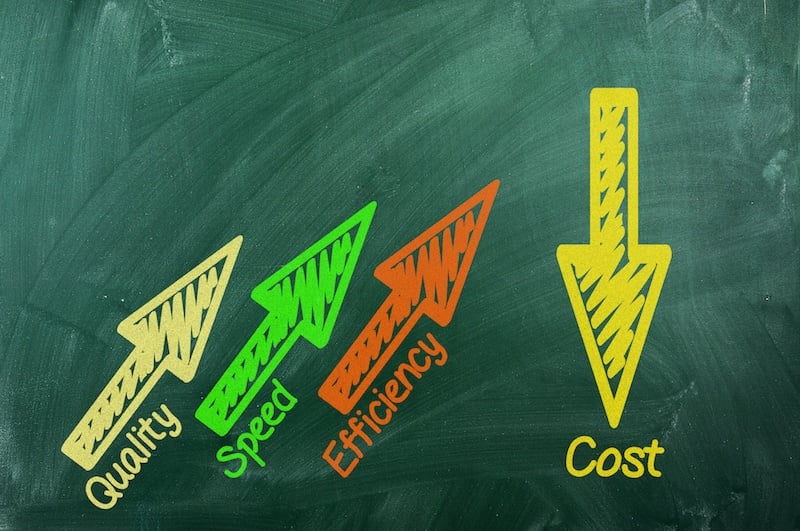How to enhance patient experiences and utilisation of theatre assets
Patient Experience or Performance?

Are both possible? Pressure to improve performance and client retention is experienced by private and public hospitals around Australia. The patient experience and utilisation of medical assets are both key factors in realising these goals. But in a system that is frequently overburdened, where do you start and where can the biggest impact be made in the shortest amount of time?
Consider this scenario in a laser eye surgery clinic:
At any particular morning 10 patients arrive at a clinic for an ophthalmic consultation. All have made the decision to throw away their glasses for once and for all.
The waiting room is full because, whilst every patient has an individually scheduled time, most of them arrive well well in advance of this. When the first patient is called through at 9.00am the other patients sit around whilst waiting their turn. Eventually each patient is called in turn and is booked in for surgery at a future date.
Some weeks later, the same 10 patients arrive at the surgery for their refractive procedure. Each patient is called in turn and the miracle of laser eye surgery frees them from their glasses. Each patient had exactly the same consult and procedure with the same Orthoptist and Doctor and yet some patients spent more time being processed than others.
But why? If everything is the same...
The obvious explanation is that some patients required more care or additional treatment than others so their procedure took longer. Variations to the standard treatment occurred.
But, what if our assumptions are wrong and we have an inaccurate or incomplete picture of what actually caused the variation in duration of the procedure? What if it took longer because of administrative hold ups? It is conceivable that an expensive theatre asset wasn’t being fully utilised and was standing vacant at times because of hold ups in other areas.
When it comes to continuous improvement, "gut feel" is neither an accurate or reliable way of assessing where improvements can be made. The consequence is a missed opportunity to create a better experience for patients and a lower return on hospital theatre assets for owners and investors.
Designing a better patient experience
Writing a patient process or pathway map gives you a top down view of the process and let's you identify the pathway each patient travels. The figure below shows an example of such a process map.

The diagram above shows that 2 patients with identical diagnoses have entered the pathway but each have taken slightly different paths. If you could accurately track the time the patient spent at each stop in the process and identified the variations, then you could start to identify bottlenecks and unnecessary delays. You could make changes to improve the process.
I emphasis the word track in this context. How do you do that without adding timers and filling in forms at each point in the pathway? This is only going to add more administrative burden to a system that is frequently already overburdened.
Unsurprisingly, technology has an important and beneficial role to play in the solution. Automated Activity Based Tracking systems, enable you to capture timing information as each patient passes through each point. Using that, data totals for each point are calculated and this information empowers perioperative managers to redesign the patient care pathway. You will be able to identify:
- where unnecessary delays occur
- unnecessary steps taken
- duplication of effort
- bottlenecks
- and understand variations
- and understand the process from a patients perspective.
Conclusion
Improving the patient experience and optimising the utilisation of medical theatre assets requires insight and accurate data around what actually happens. In a system that is frequently overburdened technology and data has a valuable role when it comes to patient care pathway design. The system will map your patient pathway automatically as it tracks each patient. Some additional benefits:-
- you can carry out capacity and demand analysis
- optimise the utilisation of your assets
- improved patient experience
- schedule your bookings more accurately
- reduce waiting times and remove bottlenecks
A real time activity based tracking solution ensures better outcomes for patients as well as stakeholders in private and public hospitals.



